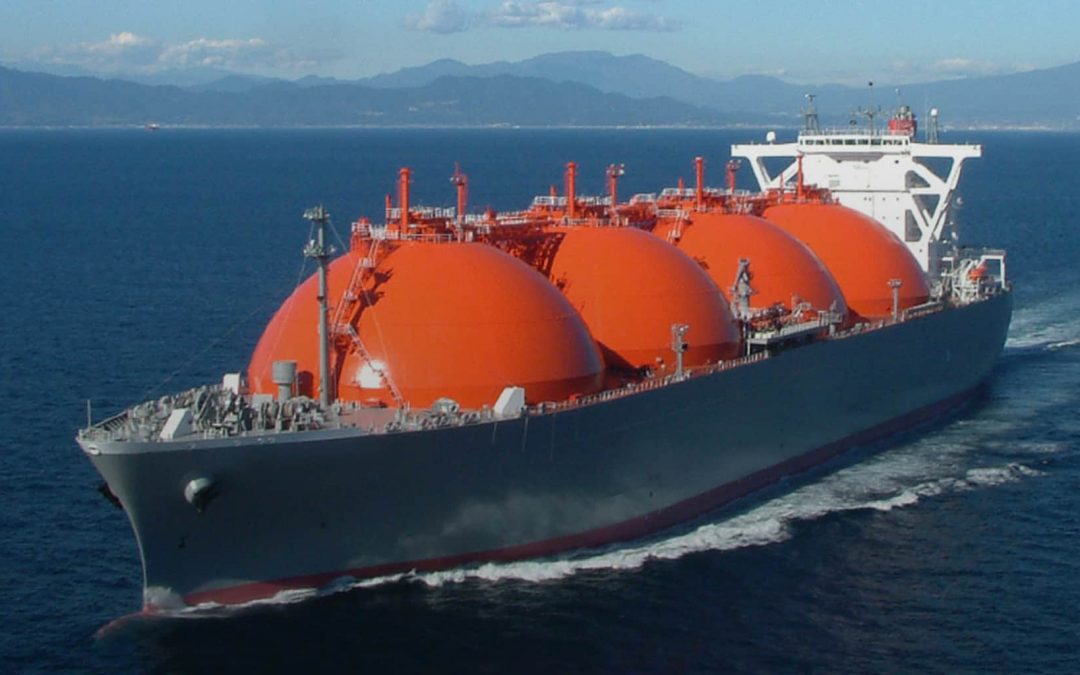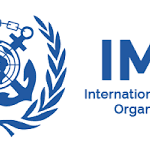Due to significant business performance improvement of OCEAN NETWORK EXPRESS PTE. LTD. (hereinafter referred to as “ONE”), the company recorded 235.389 billion yen of equity in earnings of unconsolidated subsidiaries and affiliates for the first quarter. Within the recorded equity in earnings of unconsolidated subsidiaries and affiliates, “ONE” accounted for 232.901 billion yen in the first quarter.
Performance per segment was as follows.
(i)Dry Bulk Segment
Dry Bulk Business
In the Cape-size sector, although shipments became sluggish in Brazil, a major production region of iron ore, due to inclement weather and to prevent the expansion of COVID-19 in China, a major discharging location, led to stagnant economic activity, market rates stayed generally firm while fluctuating somewhat because of a subsequent recovery in shipments and the easing of port congestion in China.
In the medium and small vessel sector, despite the effects of the easing of port congestion in China, market rates generally stayed firm, supported by robust demand for transportation of coal to India and transportation of steel products to Europe.
Under these circumstances, the Group strived to manage the market exposures appropriately and reduce operation costs and improve vessel operation efficiency.
As a result, the overall Dry Bulk Segment recorded a year-on-year increase both in revenue and profit.
(ii)Energy Resource Transport Segment
LNG Carrier, Electricity Business, Tanker Carrier and Offshore Business
Concerning LNG carriers, thermal coal carriers, large crude oil tankers (VLCCs), LPG carriers, drillship and FPSO (Floating Production, Storage and Offloading system), the business stayed firm for mid- and long-term charter contracts and contributed to secure stable profit.
As a result, the overall Energy Resource Transport Segment recorded a year-on-year increase both in revenue and profit.
(iii)Product Logistics Segment
Car Carrier Business
In the global car sales market, although supply shortage of semiconductors and auto parts, lockdown in Shanghai and the situations in Russia and Ukraine affected production and shipments in some areas, the recovery from the impact of COVID-19 continued. On the other hand, despite our efforts to improve operational efficiency, the business was affected by the continued rise in fuel prices.
Logistics Business
In the domestic logistics and port business, the domestic container handling volume recorded a year-on-year decrease. In the towage business, the work volume decreased. The warehousing business remained firm. As for the international logistics business, demand remained robust for ocean and air cargo transportation in the forwarding business. In the finished vehicles transportation business, the handling volume in inventory storage service stayed low, but the number of land transportation containers handled increased.
Short Sea and Coastal Business
In the short sea business, although demand for transportation of steel and timber products stayed firm, the transportation volume of coal decreased year-on-year. As a result, the overall transportation volume in the whole of the short sea business recorded a year-on-year decrease. In the coastal business, truck transportation volume increased year-on-year in the ferry and liner transportation segments due to the firmness of the cargo related to e-commerce. Transportation volume for passengers and passenger cars improved year-on-year due to the removal of restrictions on movements associated with COVID-19.
Containership Business
As for the performance of “ONE”, amid the tightening of the supply-demand balance due to supply chain disruptions and robust cargo movements, market rates stayed high. As a result, the business performance of “ONE” significantly improved year-on-year.
As a result, the overall Product Logistics Segment recorded a year-on-year increase in both revenue and profit.
(iv)Other
Other includes but not limited to the Group’s ship management service, travel agency service, and real estate and administration service. The segment recorded a year-on-year increase in revenue and returned to profitability.
(2)Qualitative Information on the Consolidated Financial Situation
Consolidated assets at the end of the consolidated 1st Quarter of this fiscal year were ¥1,861.016 billion, an increase of ¥286.055 billion from the end of the previous fiscal year as a result of an increase in investment securities and other factors.
Consolidated liabilities decreased by ¥3.486 billion to ¥586.590 billion as a result of a decrease in short-term loans and other factors compared to the end of the previous fiscal year.
Consolidated net assets were ¥1,274.425 billion, an increase of ¥289.542 billion compared to the end of the previous fiscal year as a result of an increase in retained earnings and other factors.
(3)Qualitative Information on the Consolidated Prospects for FY2022
In the Dry Bulk Segment, market rates are expected to stay firm because transportation demand will remain firm as a result of the normalization of economic activity in China and also because limited building of new ships will lead to the tightening of the vessel supply-demand balance. On the other hand, the Group will keep a close watch on the resource price upsurges due to the situation in Russia and Ukraine, the impact of global inflation on the real economy, and the impact of COVID-19 containment measures on the vessel supply-demand balance and prepare to respond quickly. At the same time, amid growing need to deal with environmental problems, take advantage of its strength in high quality transportation, the Group will strive to secure stable profit by increasing vessel operation efficiency and reducing costs as well as increasing mid- and long-term contracts.
In the Energy Resource Transport Segment, the Group will strive to secure stable profit under mid- and long-term contracts with respect to LNG carriers, thermal coal carriers, large crude oil tankers (VLCCs), LPG carriers, drillship and FPSO (Floating Production, Storage and Offloading system).
As for the Product Logistics Segment, regarding the car carrier business, although there are concerns over the impact of shortages of semiconductors and auto parts and the situation in Russia and Ukraine on global vehicles sales, sales and cargo movements are expected to recover and freight levels are expected to be restored. In addition, the Group will continue to strive to improve operational efficiency through such measures as appropriate fleet restructure and reorganization of the network of trades. Regarding the logistics business, demand for ocean container transportation is expected to stay firm in the domestic logistics and port business segments. As for the international logistics business, demand for ocean and air transportation is expected to stay robust in the forwarding business. In the business of transporting finished vehicles by land, the handling volume is expected to increase due to the continuation of the uptrend in vehicle imports in Australia. In the containership business, cargo movements are expected to stay firm, although the outlook for the global economy and the timing of the end of supply chain disruptions are uncertain. “ONE” will strive to conduct steady business management by taking active measures intended to avoid supply chain disruptions, while keeping a close watch on the future economic environment.
The Company’s management task is to promote shareholders’ return over the medium to long term, including share buyback regarding excess of appropriated equity capital, by awareness of the optimal capital structure, securing of investment (required) to enhance corporate value, and strengthening the stability of financial basis.
Based on this basic policy, regarding dividend for the fiscal year ending March 31, 2023, the Company plans payment of an interim dividend of 300.00 yen per share which increased by 150.00 yen per share of prior forecast and a year-end dividend of 300.00 yen (Conversion to the pre-stock split basis) per share which increased by 150.00 yen (Conversion to the pre-stock split basis) per share of prior forecast.
Source: Hellenic Shipping News






